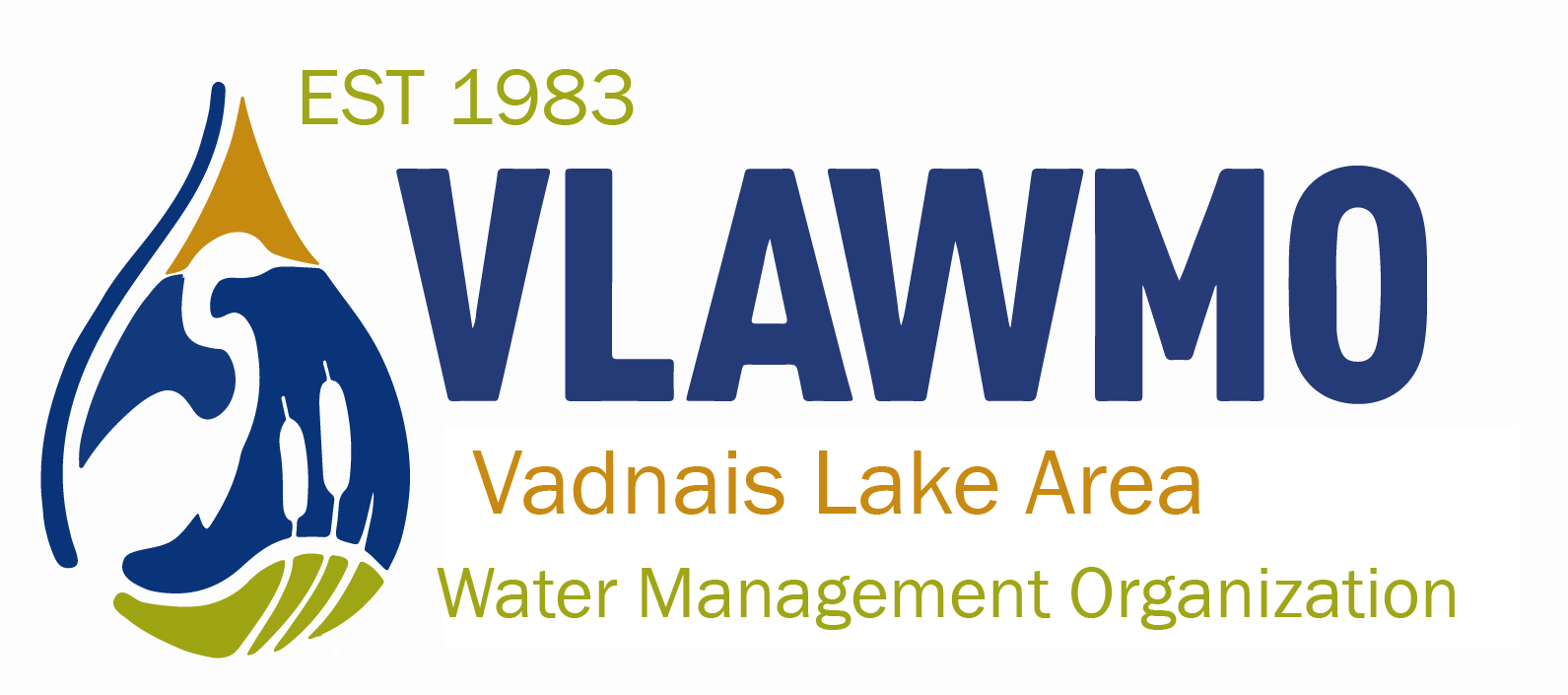WCA - WATER STANDARDS - RULES
Wetland Conservation Act (WCA) Resources
VLAWMO facilitates the Wetland Conservation Act in its watershed. We are overseen by the MN Board of Water and Soil Resources (BWSR).
VLAWMO is not a permitting agency and is not responsible for these requirements. We provide permit information, resources, and planning assistance.
- BWSR Wetland 101 What to know before you work
- Common Compliance Problems at Construction Sites
- General Permit for Small Appropriations
- Permit Applications for Most Projects Involving Lakes, Rivers, and Wetlands
- Public Drainage Policy
- VLAWMO Fees for WCA Applications
- WCA 60-day-rule
- Wetland Buffers: The Basics
Requirements for Projects Involving Public Waters Work Permits
VLAWMO Standards
VLAWMO refers to its member communities for regulation and enforcement of its local wetland and buffer standards.
VLAWMO Buffer Standards:
Any activity for which a permit is required under this Wetland Policy and the Storm Water Management Policy that increases the imperviousness of the subject parcel must provide a buffer adjacent to each wetland and public waters wetland. Buffers must be provided on that part of the wetland edge that is downgradient from the activity or construction and around each wetland that will be disturbed.
Buffer width will be determined as presented in Table 1 and discussed below:
| Management Class |
Base Buffer Width (ft) |
Minimum Applied Buffer Width (ft) |
| Manage 3: Storm Ponds | 20 | 16 |
| Manage 2 | 30 | 24 |
| Manage 1 | 40 | 34 |
| Preserve | 75 | 67 |
What is WCA?
"WCA" is the Wetland Conservation Act. The goal of WCA is to ensure a no net loss of wetlands in Minnesota. When construction and development projects occur in or around wetlands, WCA procedures provide direction for either on-site mitigation or off-site wetland banking. As Minnesota has lost half of its original wetlands, WCA is a policy to help prevent further losses to these valuable water resources. Click here for more on the value of wetlands.
Where does WCA come from?
The Wetland Conservation Act was first passed in 1991 as Minnesota Laws Chapter 354, as amended (codified, as amended, at Minnesota Statutes, section 103G.222-.2373 and in other scattered sections). Rules associated with WCA are coordinated under the Minnesota Board of Water and Soil Resources, promulgated in Minnesota Rules, chapter 8420, as amended.
What's the scope of WCA?
Draining, filling and in some cases, excavating in wetlands is prohibited unless (a) the drain, fill, or excavation activity is exempt or (b) wetlands are replaced by restoring or creating wetland areas of at least equal public value. The overall goal is no net loss of wetlands (Minnesota Rules, part 8420.0105). Specifically, WCA regulates the following activities:
- Draining and filling, wholly or partially, is regulated in all wetland types;
- Excavation is regulated in the permanently and semi-permanently flooded areas of types 3, 4, and 5 wetlands;
- Excavation is regulated in all wetland types if the excavation includes filling or draining, or results in conversion to non-wetland (including deep water habitat).
What is an LGU?
"LGU" stands for Local Government Unit. VLAWMO is the LGU for administering WCA within the VLAWMO watershed, and does this by reviewing project applications and wetland delineations if needed.
Source: Wetlands: A Brief Historical Background Minnesota Wetland Conservation Act Basics Introduction Wetland Conservation Act Manual /July 2004 Page 6


